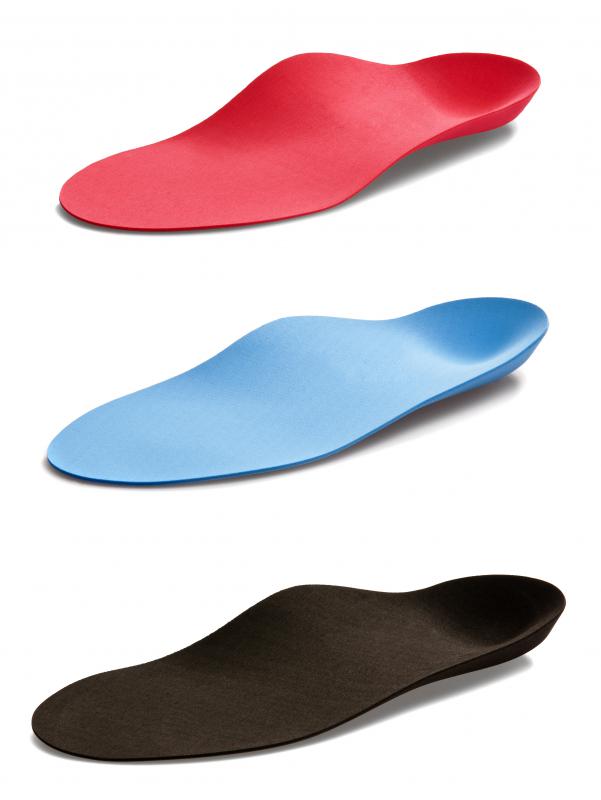At WiseGEEK, we're committed to delivering accurate, trustworthy information. Our expert-authored content is rigorously fact-checked and sourced from credible authorities. Discover how we uphold the highest standards in providing you with reliable knowledge.
What is the Tibialis Posterior?
The tibialis posterior is a muscle of the posterior compartment of the leg. Situated deep in the calf beneath the gastrocnemius and soleus muscles, it acts on the ankle joint and is essential to stabilization of the lower leg. Perhaps as important as the muscle itself is its attaching tendon, which crosses the ankle and enters the foot below.
Originating on the inside of the posterior borders of the tibia and fibula bones, the tibialis posterior arises from the lateral or outside aspect of the tibia and the medial or inside aspect of the fibula. In addition it arises from the interosseous membrane, a thin sheet of fibrous tissue separating the two bones of the lower leg. From there this muscle, which is widest at the top and tapers as it descends, runs down the length of the calf and attaches to a narrow tendon just above the ankle joint. This tendon crosses the ankle just behind the medial malleolus of the tibia bone, the bony protrusion that can be felt on the inside of the ankle. It then divides into three separate sections that insert along multiple bones in the foot, including the metatarsals, the cuneiforms and the cuboid, the navicular bone, and the calcaneus, or heel bone.

The tendon of the tibialis posterior is key to its function, as the tendon and not the muscle itself crosses the talocrural joint, or ankle joint, as well as the subtalar joint. This articulation between the talus bone, which forms the underside of the ankle joint, and the calcaneus is where inversion and eversion of the foot take place. Inversion is one function of the tibialis posterior, or the sideways rolling of the ankle so that the underside of the foot turns inward. Similarly, this muscle helps to stabilize the ankle against such rolling and maintain the integrity of the arch of the foot. Another function is to assist in plantarflexion of the ankle, or the pointing of the toe, which is the job of the larger calf muscles.

A possible though uncommon injury to the tibialis posterior is tibialis posterior tendinitis. Tendinitis, an inflammation of the tendon due to overuse and occasionally trauma, is most likely to affect the portion of the tendon that crosses behind and under the medial malleolus. This is because of a lessened blood supply to this region of the foot, which can weaken the area as nutrients necessary for healing are unable to reach the injured tendon. Presenting as pain on the inner bottom part of the ankle just below the protrusion of the malleolus, tibialis posterior tendinitis can be treated by avoiding walking and other weight-bearing movements, and by wearing a cast or shoe insert that supports the arch of the foot.
AS FEATURED ON:
AS FEATURED ON:












Discuss this Article
Post your comments